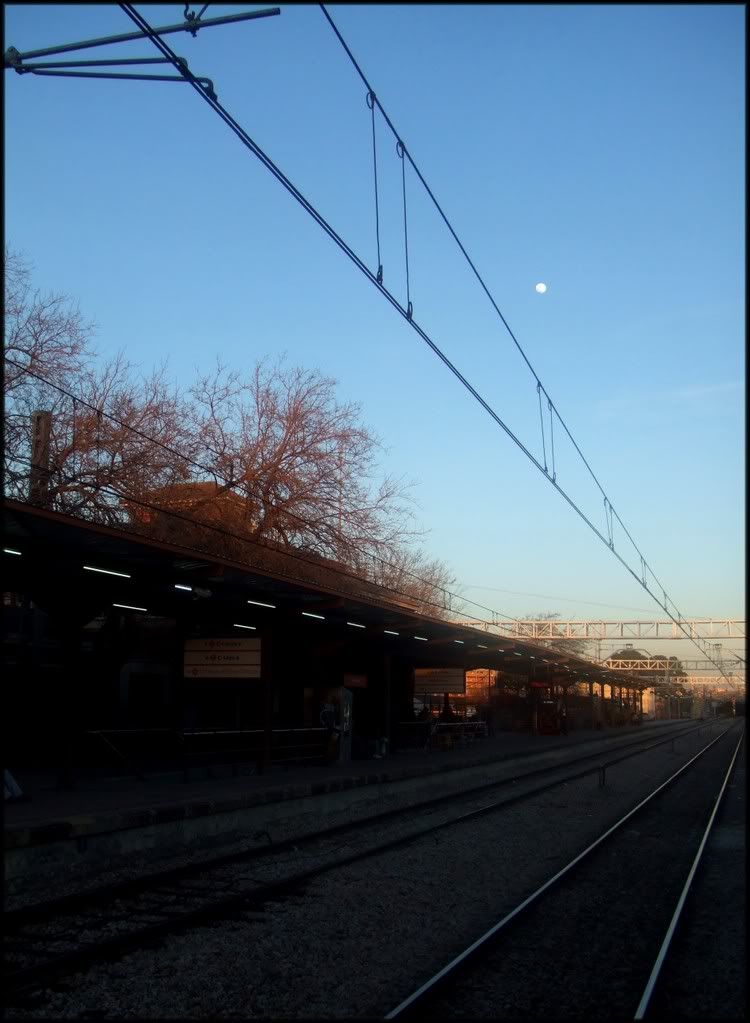paul deschanel, président de la république
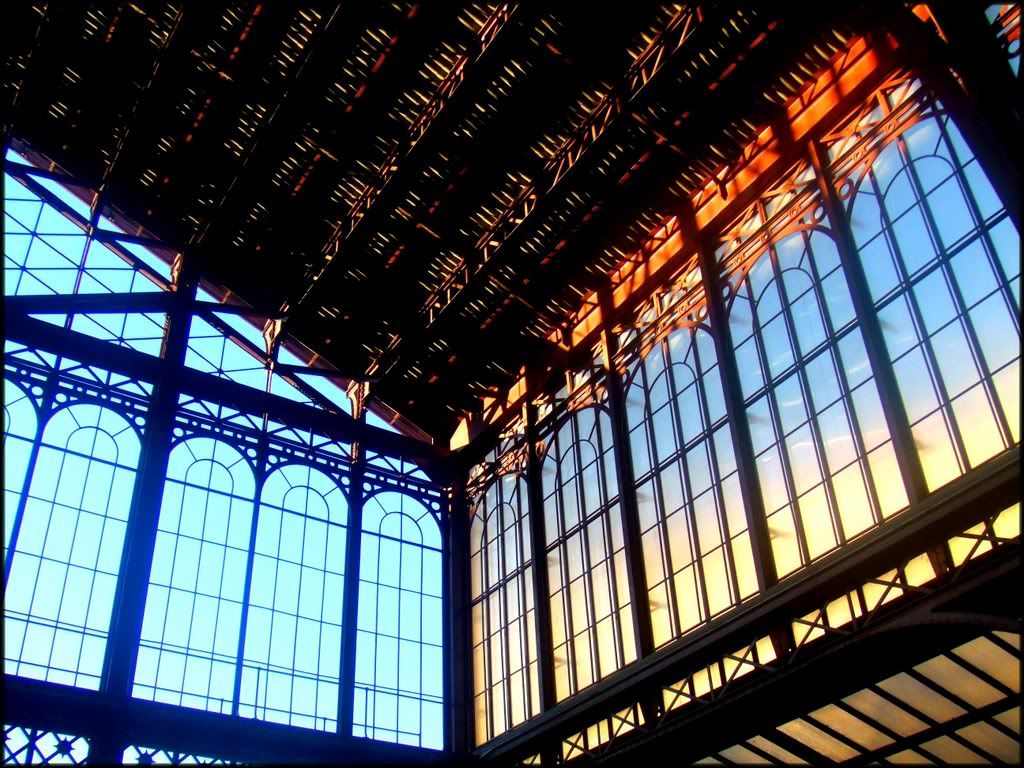
"Au cours d'un voyage en train à destination de Montbrison, le 23 mai 1920 vers 23 h 15, s'étant penché par la fenêtre de son compartiment alors qu'il éprouvait une sensation d'étouffement, Paul Deschanel chute accidentellement hors du wagon. Heureusement, le convoi circulait à ce moment-là à relativement faible allure (50 km/h) dans une zone de travaux à Mignerette (dans le Loiret, à une douzaine de kilomètres au nord-ouest de Montargis).
Tout ensanglanté - en dépit du caractère bénin de ses blessures -, relativement hébété et vêtu de son seul pyjama, Paul Deschanel ne tarda pas à rencontrer André Rateau, ouvrier cheminot qui surveillait la zone de travaux, et auquel il se présente comme étant le président de la République. L'image des hommes publics étant à l'époque encore peu diffusée dans la population, le cheminot se montre sceptique - pensant à première vue avoir affaire à un ivrogne - mais conduit néanmoins le voyageur accidenté jusqu'à une maison de garde-barrière toute proche, où le blessé est soigné et mis au lit par ses sauveteurs. Le garde-barrière, Gustave Dariot, impressionné par la dignité du blessé et la cohérence de ses explications, part pendant ce temps prévenir la gendarmerie de Corbeilles. Pour la petite histoire, la femme du garde-barrière aurait dit à des journalistes : « J'avais bien vu que c'était un monsieur : il avait les pieds propres ! ».
La lenteur des communications entre les divers échelons fait que, malgré les faibles distances, le sous-préfet de Montargis, M. Lesueur, n'est prévenu par télégramme que vers 5 heures du matin. L'incident commence à avoir un retentissement certain lorsque l'on s'aperçoit, avant l'arrivée du train en gare de Roanne, vers 7 heures du matin, que le président de la République a disparu du convoi. La suite présidentielle qui attend sur le quai de la gare et qui est menée par Théodore Steeg (1868-1950), alors ministre de l'Intérieur, ne reste pas longtemps sans nouvelles. Le contenu d'une dépêche, envoyée par la gare de Montargis à celle de Saint-Germain-des-Fossés (Allier), dépêche qui explique succinctement le déroulement des événements survenus dans la nuit, lui est rapidement transmis."
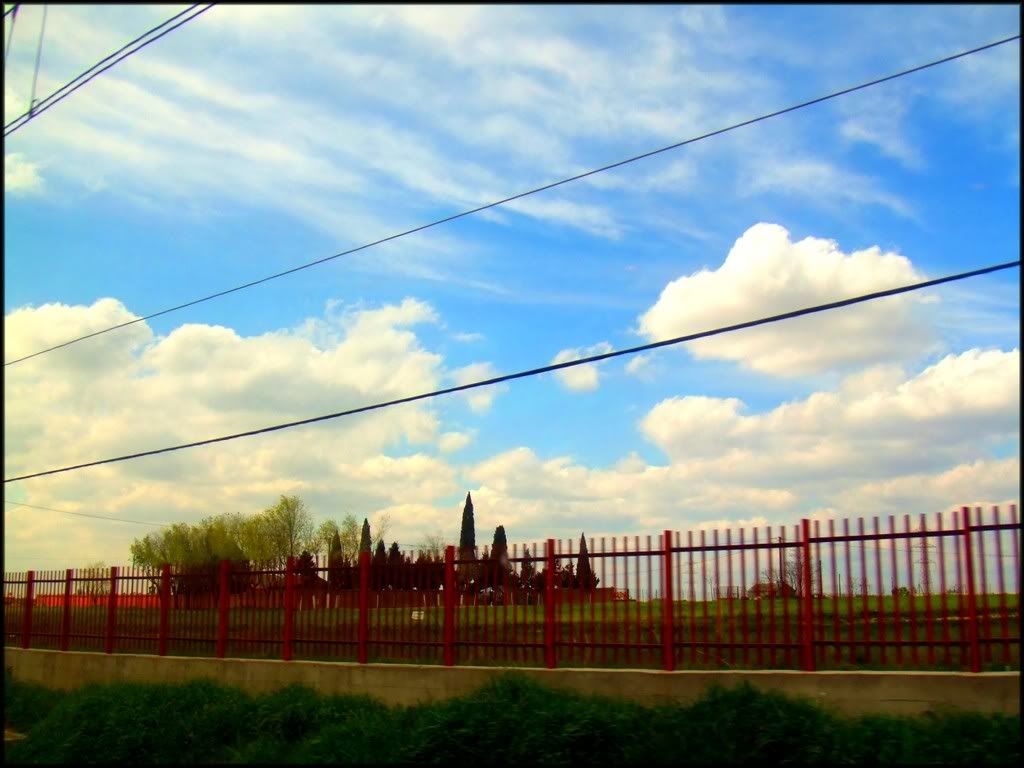
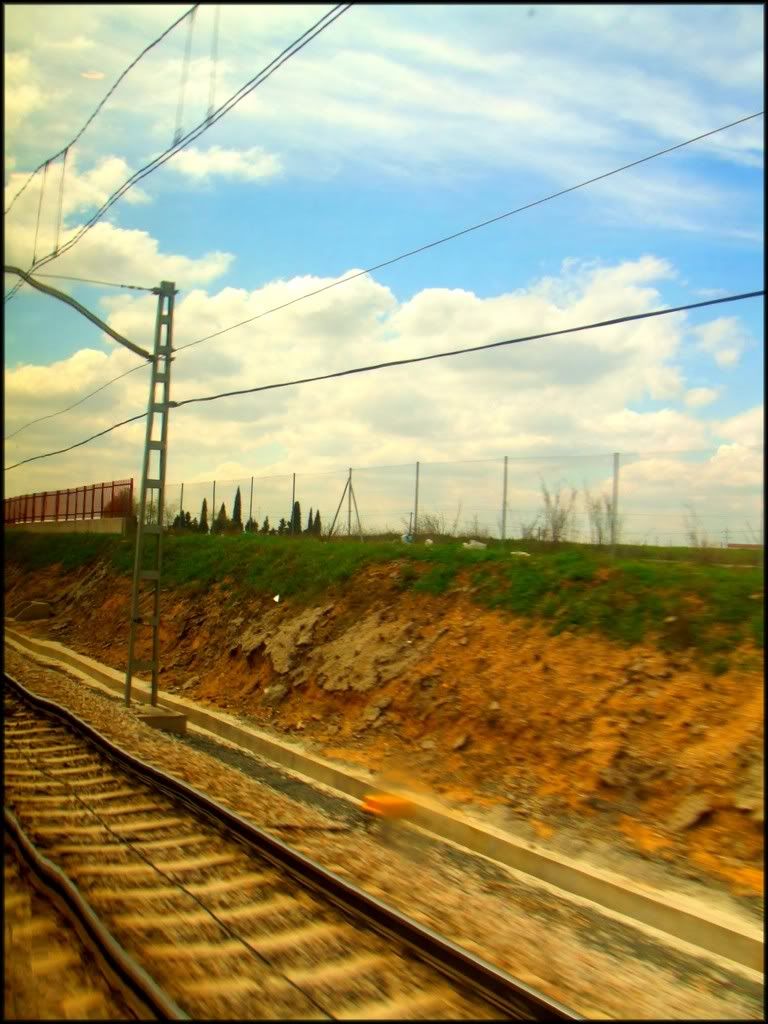

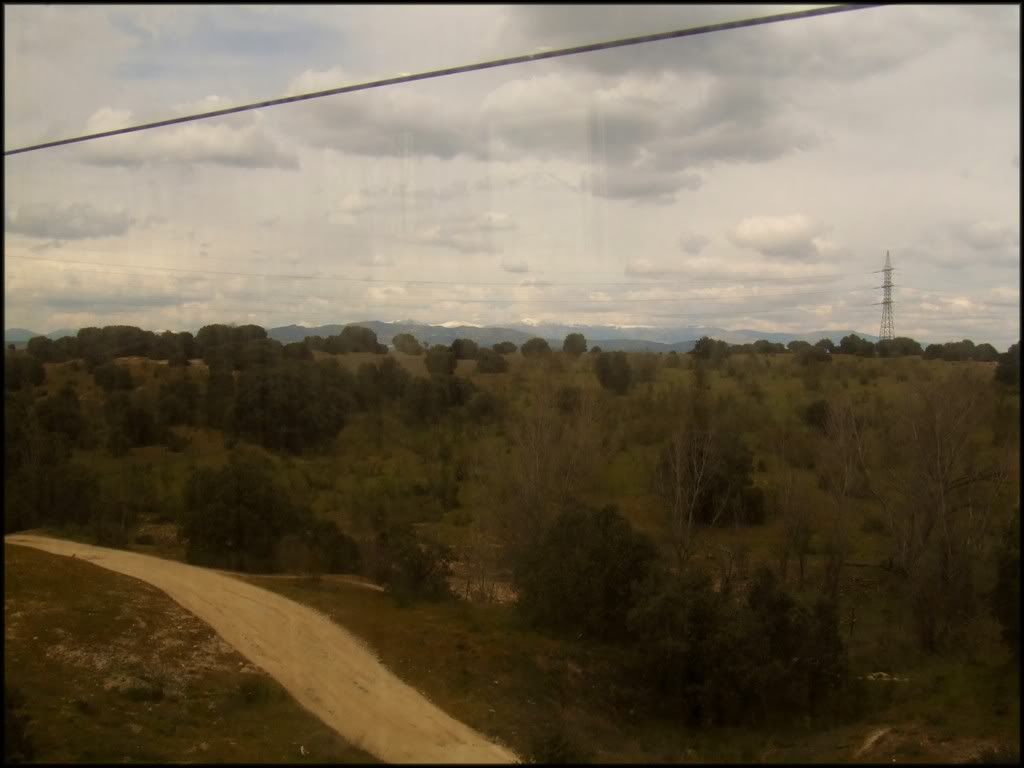

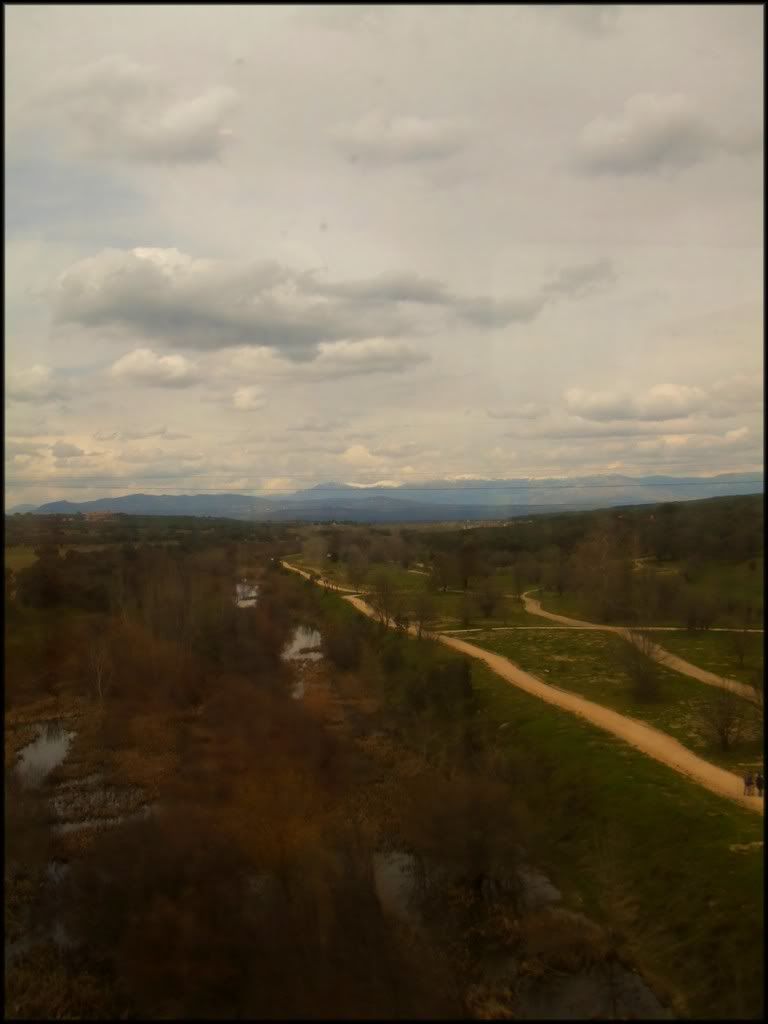
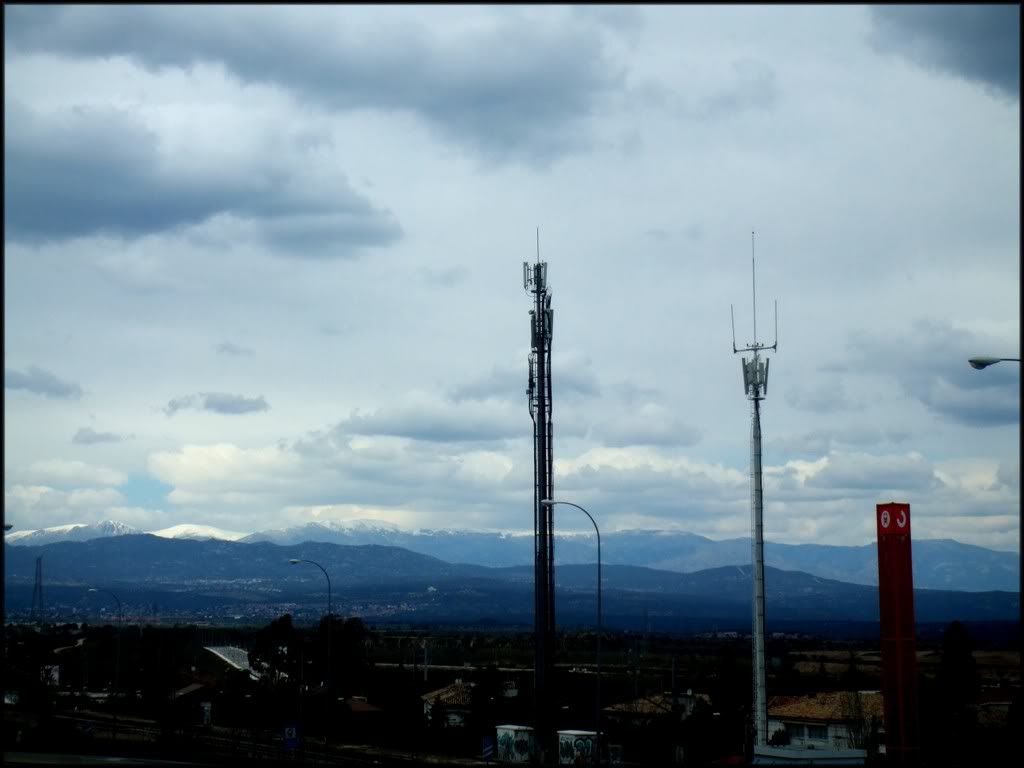
"During a voyage by train to Montbrison, on May 23, 1920, towards 11:15 p.m., leaning out of his window due to his feeling stiffled by the heat, Paul Deschanel accidentally falls out of the moving train coach. Fortunately, at the time the train traveled at the relatively slow pace (50 km/h) through a working-class area in Mignerette (in Loiret, about a dozen kilometers to the North-West of Montargis).
Covered in blood - in spite of the benign nature of its wounds - relatively stupefied and dressed only in his pajamas, Paul Deschanel was not long in running into André Rateau, a railwayman who supervised the area, and to whom he introduced himself as being the president of the Republic. At the time, the images of public men were still scarcely diffused amongst the populace, and so not knowing how precisely the president looked, the railwayman was therefore highly skeptical, thoroughly convinced that he was dealing with a drunkard, but he nevertheless led the injured traveller to the nearby guardhouse, where his injuries where looked after, and where the president was put to bed, his identity still unconfirmed. However, the guard, Gustave Dariot, was impressed by the dignity of the wounded man, as well as the coherence of his explanations, and encouraged by his wife (who would later tell the journalists covering the story, “I had seen well that the man was a Gentleman: he had the clean feet! ”) he set out to inform the gendarmerie of Basket.
The slowness of communication between the various levels of the bureaucracy during this period meant that, in spite of the relatively short distances involved, the sub-prefect of Montargis (the local seat of government), Mr. Lesueur, did not recieve the telegram alerting him [to the possibility that the president might have fallen off the train] until 5 a.m. Meanwhile, the incident takes a more serious tone when it is realized, shortly before the arrival of the train to Roanne station, around 7 a.m., that the president of the Republic has vanished from the train; amusingly enough, passing through a station previously, they had been informed that there was news of a man having fallen onto the tracks the night before, but no one imagined that the man might actually have been the president. The presidential welcoming comittee, waiting on the platform and headed by the then-Minister of the Interior Theodore Steeg, do not have to wait long for news of the president's whereabouts. Indeed, he soon recieves a dispatch sent by the station of Montargis to that of Saint-Germain-of-Ditches, the contents of which briefly explain the course of the events which have occurred during the night."
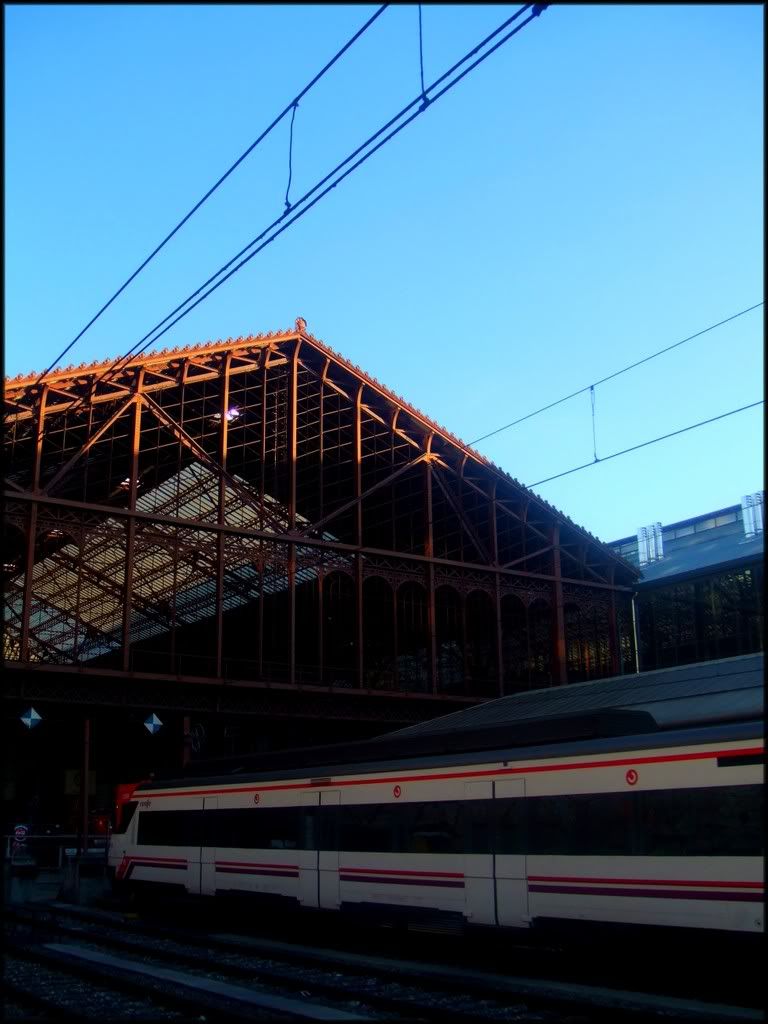
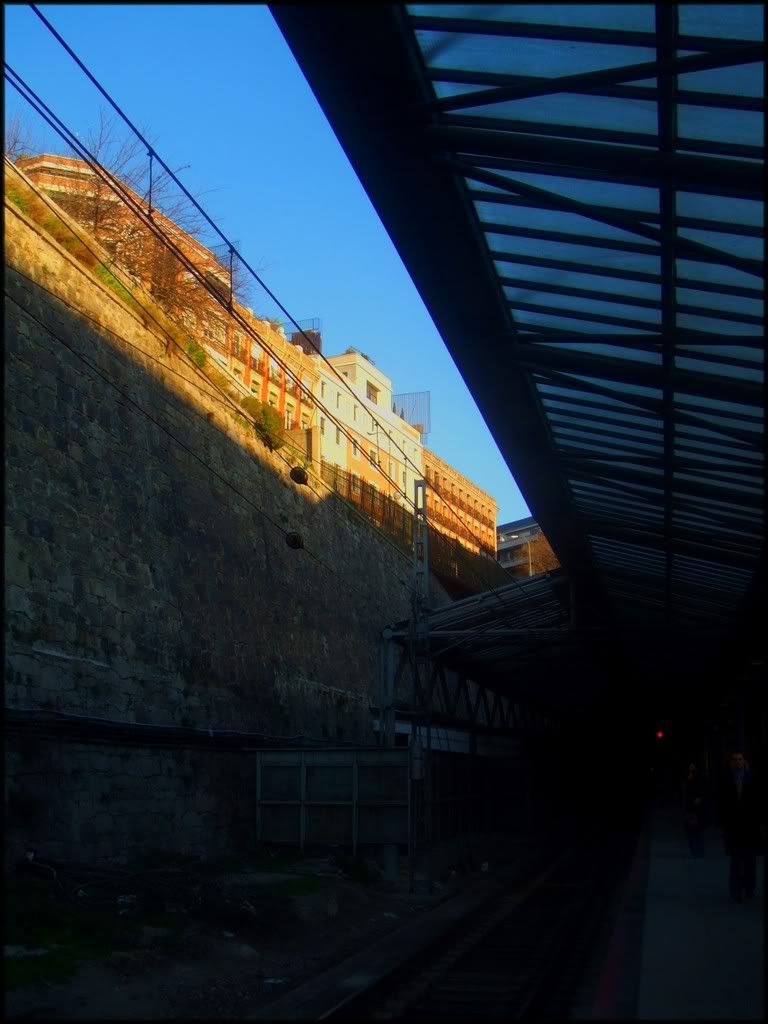
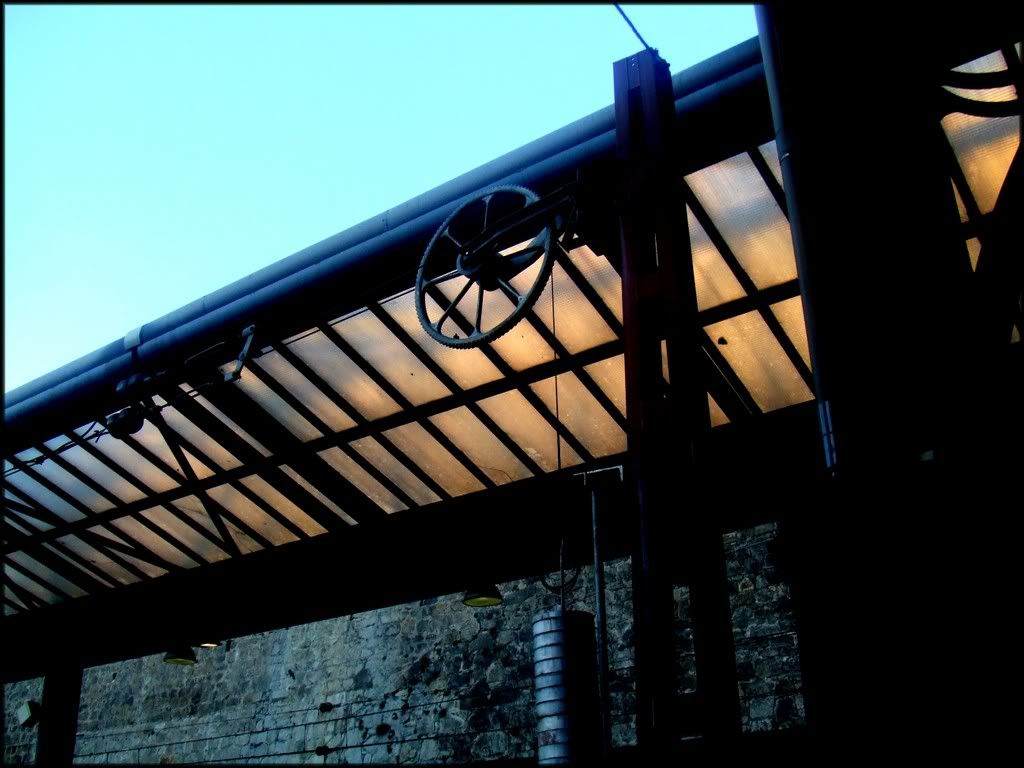
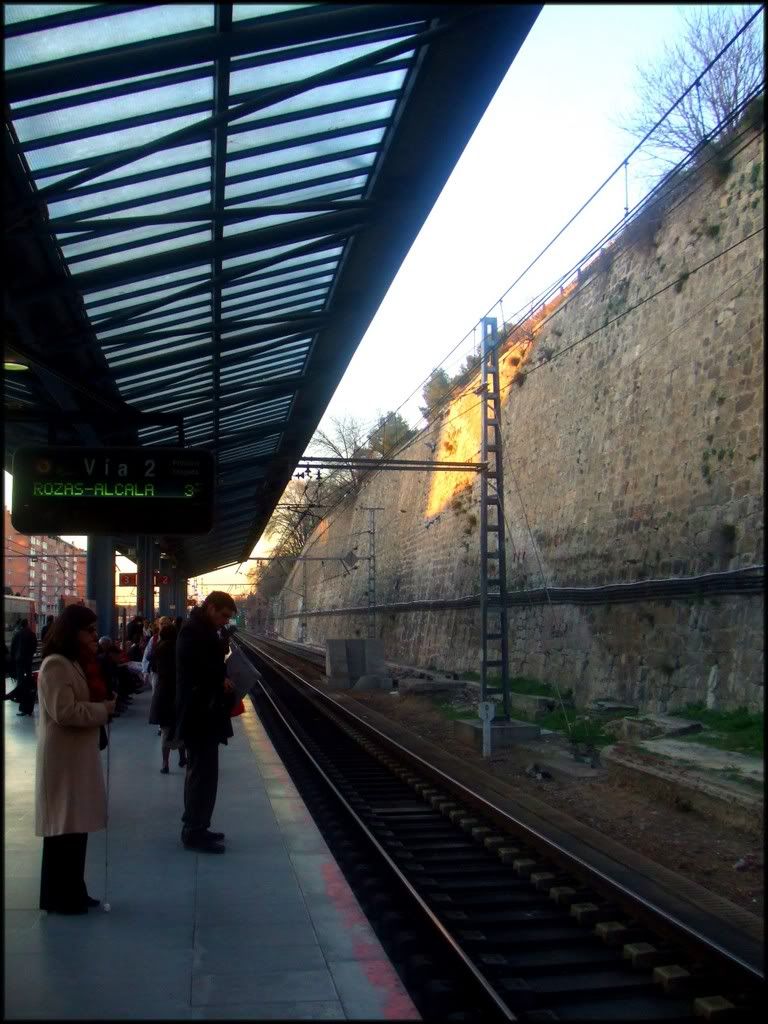
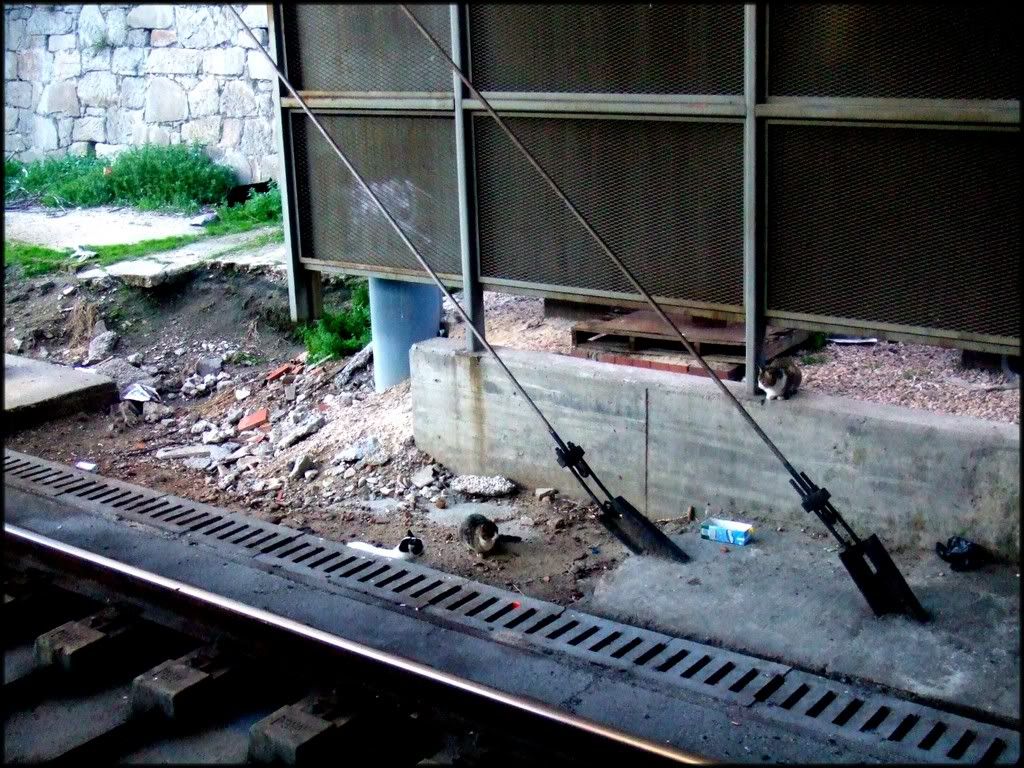
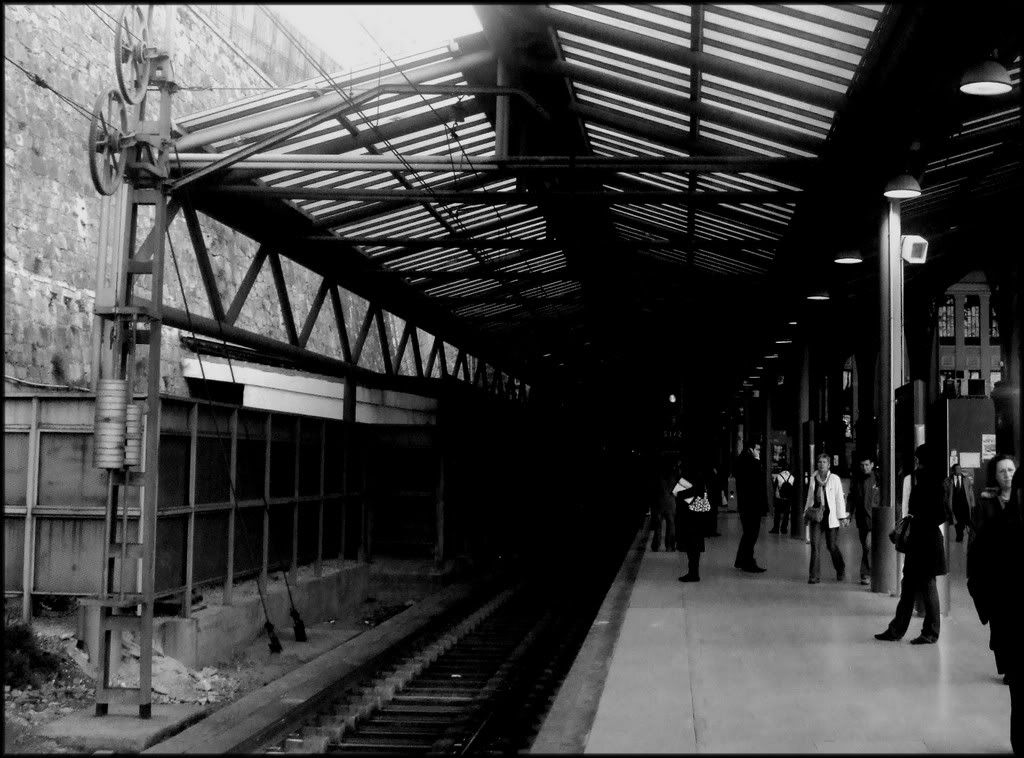
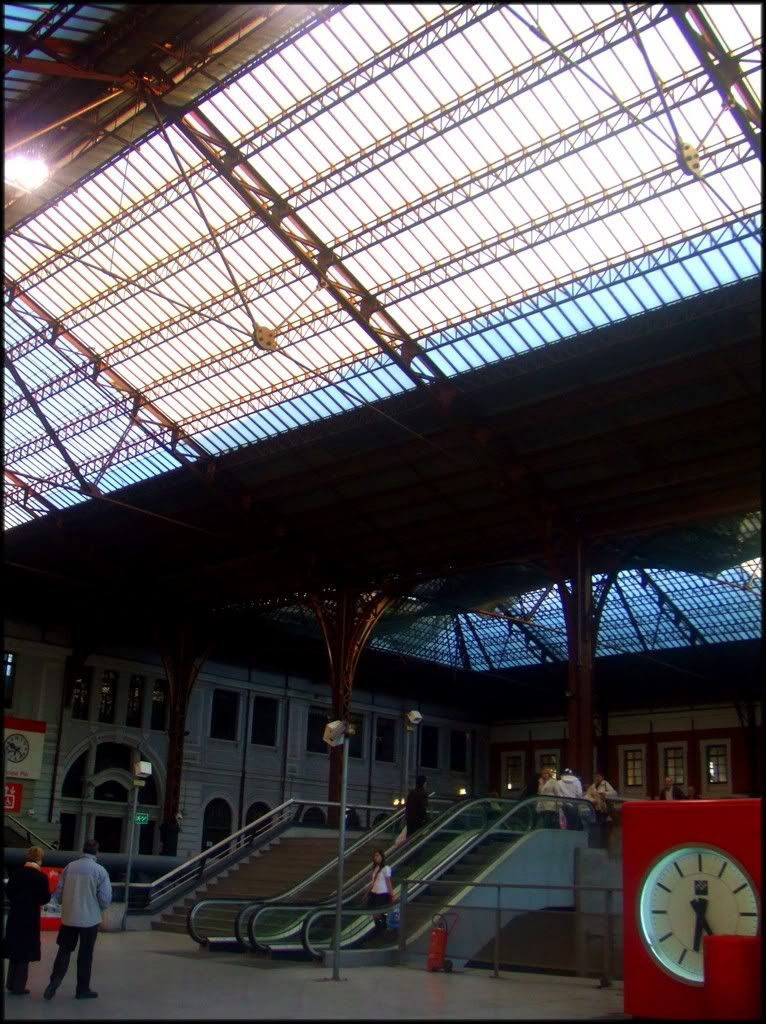


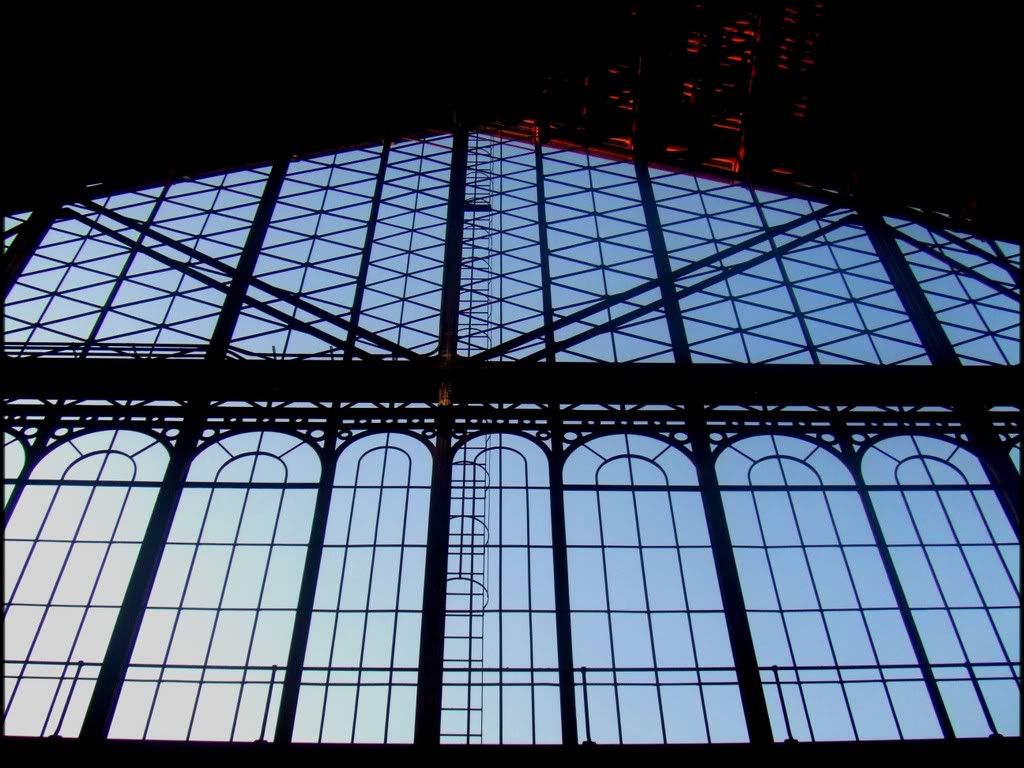
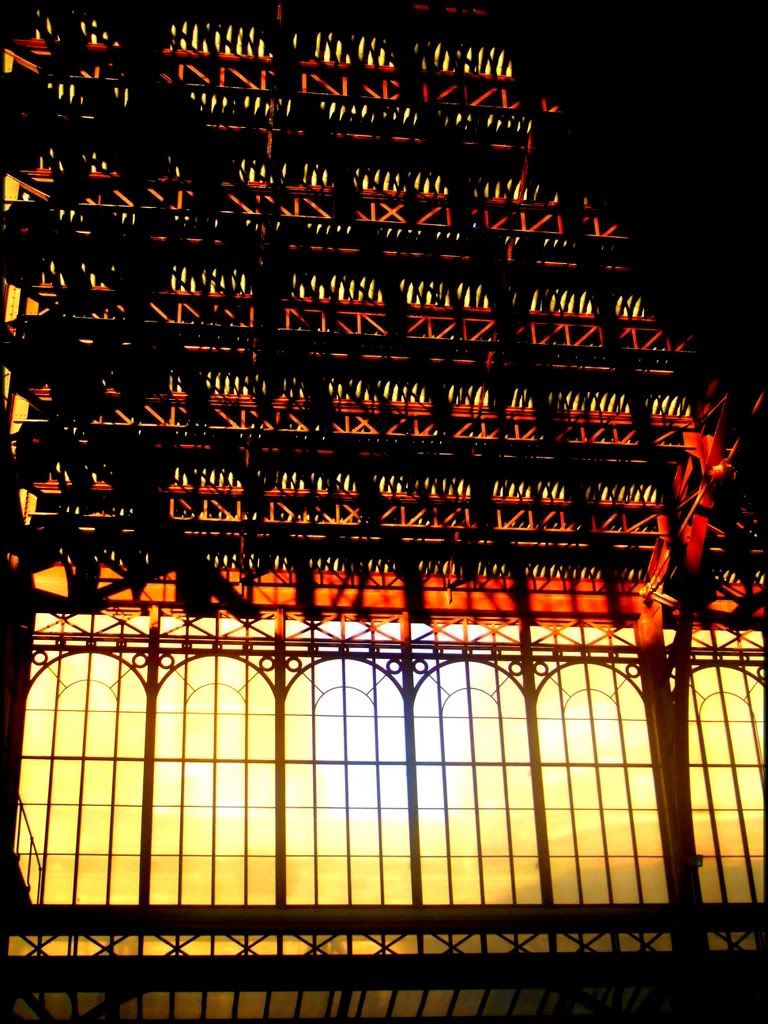
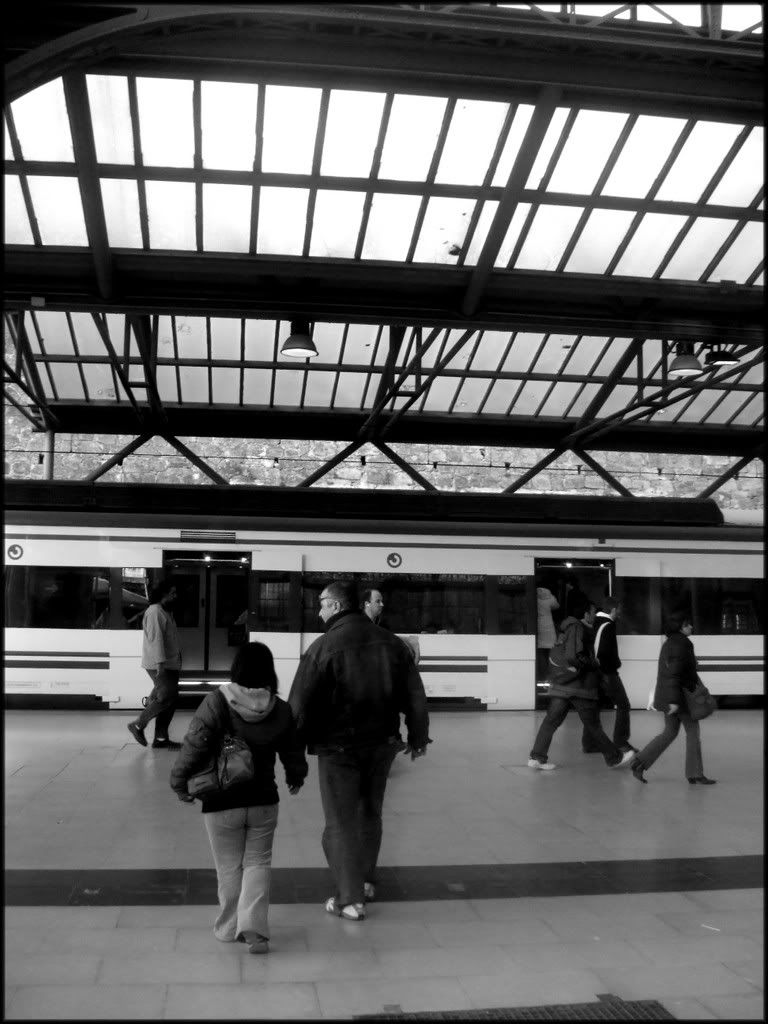
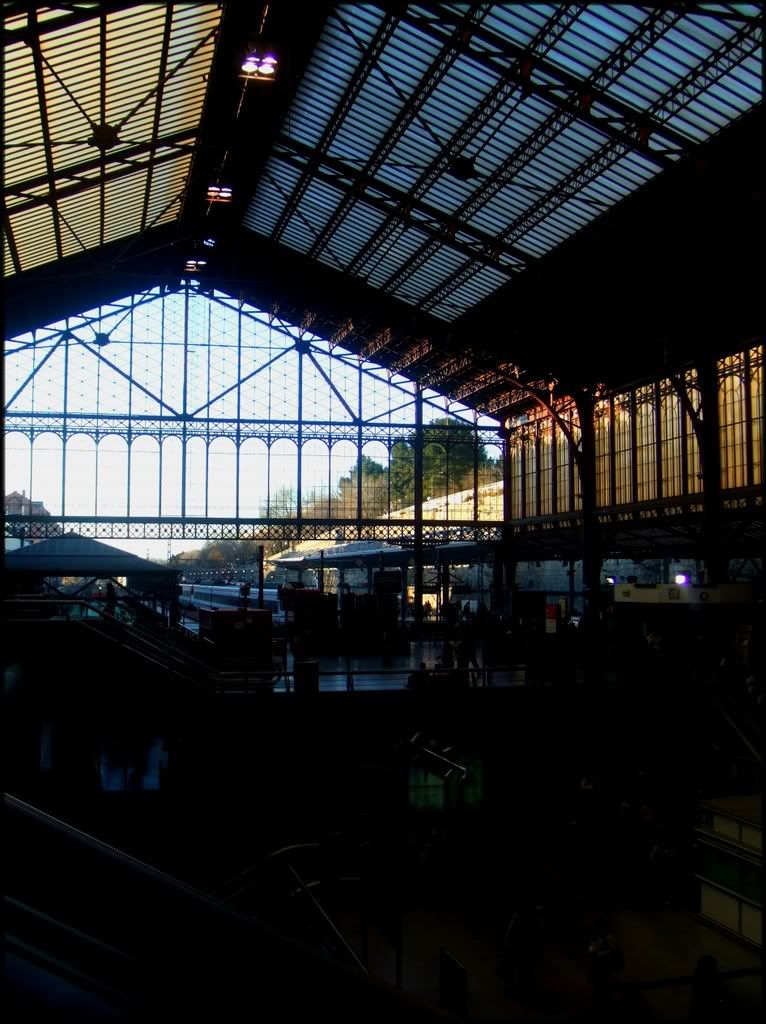

The president had been known for his eccentric behaviour, having at one point taken to signing his decrees as Napoleon Bonaparte, and earlier that year he had already provoked some consternation at a reception, during which he accepted a bouquet from a delegation of schoolgirls, only to toss the flowers back at them, one by one. The "train incident", coupled with another unfortunate matter involving the president wandering half-nude about the gardens of the château de Rambouillet, arguing with the bewildered gardiners before diving into a nearby fountain, the public became thoroughly convinced of his being no longer in full control of his mental capacities. He was obliged to resign his post as president of the Republic on 21 September, 1920, effectively putting an end to the post-war Deschanel government.
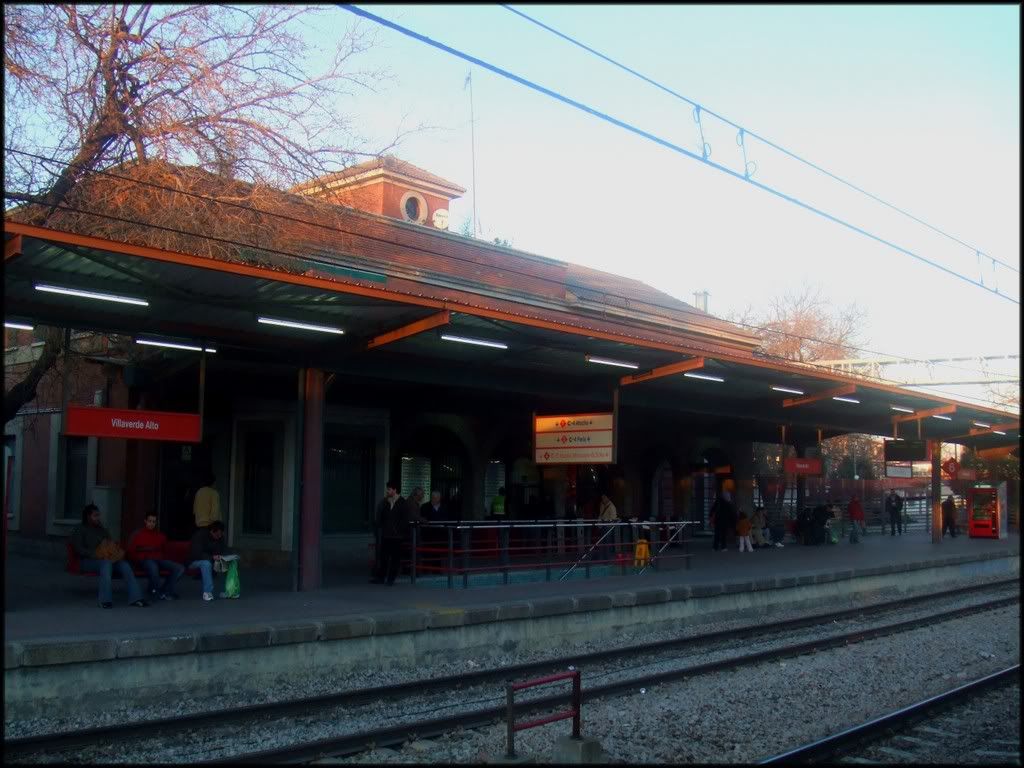
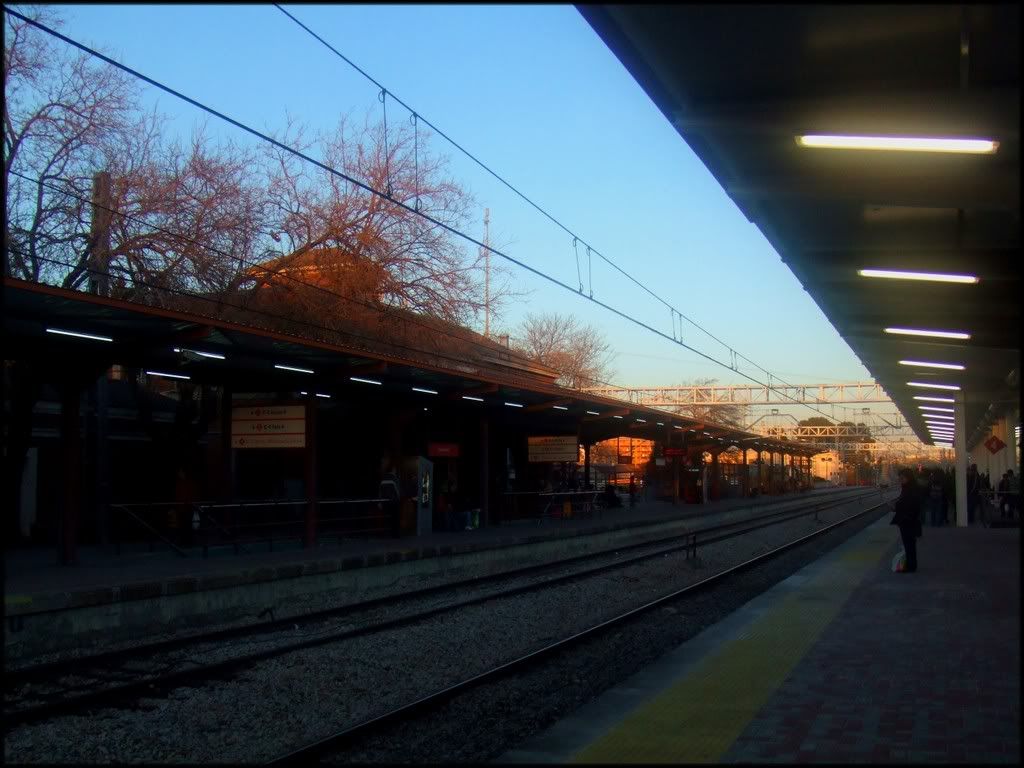
Beware of trains, kids, magnificent things they are, especially if you are a president of the French Republics, with an ability to fall from them whilst wearing very little clothing.
